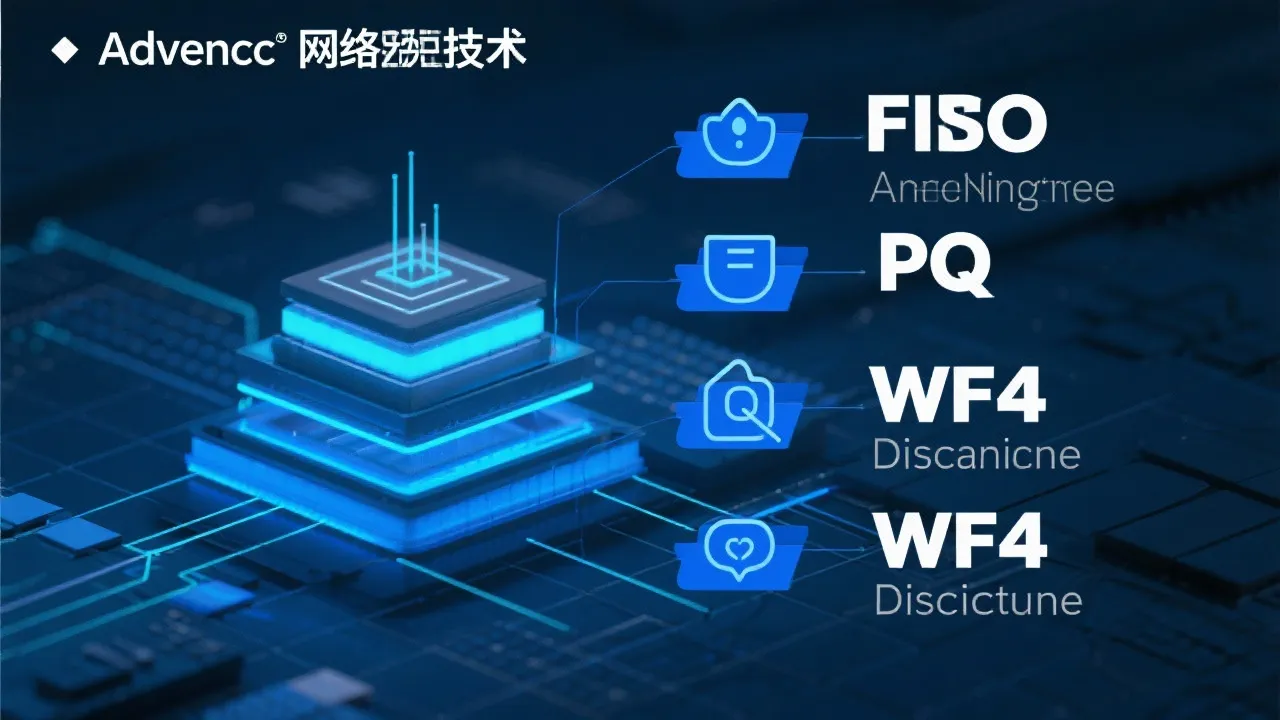In exploring network resource management, FIFO, PQ, and WFQ emerge as pivotal scheduling algorithms. These methods ensure efficient data flow across networks, adapting to varying traffic demands. Understanding these algorithms is crucial for optimizing network performance, critical for industries handling large data volumes or dependent on real-time communication applications.

In the realm of networking, managing data flow efficiently is a key challenge. As the volume of data transmitted across networks continues to escalate, the importance of effective scheduling algorithms becomes more pronounced. First-In-First-Out (FIFO), Priority Queuing (PQ), and Weighted Fair Queuing (WFQ) are three quintessential algorithms employed for resource scheduling. These mechanisms help govern how data packets traverse networks, significantly impacting both speed and quality of data delivery. As the nuances in network designs and demands evolve, these scheduling techniques continue to play an instrumental role in supporting robust digital communication infrastructures. Each algorithm has its unique characteristics, making them suitable for different networking environments.
Each of these scheduling algorithms—FIFO, PQ, and WFQ—offers distinct approaches to handling network traffic, with unique strengths tailored to specific needs:
The deployment of these algorithms varies across network environments, each suited to particular challenges and objectives. For instance:
| Algorithm | Strengths | Potential Drawbacks |
|---|---|---|
| FIFO | Simplicity, low overhead, and predictable behavior under stable conditions. | Can lead to long delays under high traffic loads, particularly for urgent packets. |
| PQ | Ensures high-priority packet delivery and can be tuned for different service levels. | Lower-priority packets risk repeated delays or starvation during heavy traffic. |
| WFQ | Balanced resource allocation, ideal for mixed data types, and adaptability to changing conditions. | More complex implementation and may require more processing power to manage effectively. |
The need for efficient data handling continues to grow, prompting innovations in queuing algorithms. The integration of AI for predictive queue management, along with adaptive algorithms that dynamically adjust to network conditions, are among the emerging trends reshaping how data is processed in real-time. These advancements hold the promise of creating even more responsive and efficient network environments. By leveraging machine learning, modern network systems can preemptively adjust bandwidth allotments, reduce congestion, and enhance overall efficiency. For example, predictive analytics can anticipate spikes in usage patterns, enabling more refined resource allocation which minimizes the risk of service outages or degraded performance.
Moreover, research is advancing in the realm of deep learning, exploring how neural networks could be applied to optimize network traffic based on historical data patterns. Such innovations could revolutionize resource scheduling, making it not only more efficient but also more adaptable to unforeseen fluctuations in network demand.
As microservices architecture gains traction in the software development community, implications for data scheduling methods become significant. In a microservices-driven environment, where applications often consist of a complex mesh of interdependent and independent services, the need for effective network scheduling becomes vital.
Microservices typically communicate over a network, interacting through APIs. This architecture demands optimal resource utilization since service latency can considerably affect user experience. Implementing WFQ in a microservice-based system allows for the prioritization of critical microservices while ensuring less important components retain some level of service, thus promoting overall system robustness.
A microservice responsible for processing payment transactions, for instance, should receive higher priority in scheduling compared to a service that fetches user profile pictures. By enhancing the experience in service-critical scenarios, network scheduling directly contributes to optimizing the performance and reliability of the entire system.
The future of network scheduling is poised for transformation with the continued evolution of internet technology and underlying infrastructure. The advent of 5G technology, for instance, presents not only opportunities for faster data throughput but also challenges in managing increasingly complex traffic patterns. Network scheduling algorithms must evolve alongside these technologies, balancing the heightened expectations for speed with the need for stability and reliability.
Emerging concepts such as network slicing—especially in 5G networks—are likely to change the landscape of network scheduling. Network slicing allows multiple virtual networks to be created over the same physical infrastructure, each tailored for specific applications or services. This requires sophisticated queuing algorithms that can adapt, allocating bandwidth dynamically based on real-time needs. Such flexibility will be crucial for supporting emerging use cases, such as autonomous vehicles, which demand ultra-reliable low-latency communications (URLLC).
Additionally, the rise of IoT (Internet of Things) devices introduces yet another layer of complexity in traffic management. With billions of devices expected to connect to the Internet in the next decade, traditional queuing methods will need to evolve to address the unique characteristics and requirements of IoT traffic. Prioritization, energy efficiency, and responsiveness will become increasingly important as the number of connected devices increases.
In conclusion, understanding and choosing the right queuing theory for a network is vital for achieving optimal performance and meeting specific service requirements. FIFO serves well in scenarios requiring simplicity, while PQ shines in environments demanding prioritization. WFQ provides the fairest distribution of bandwidth and responds well in complex, mixed data environments. As networks continue to evolve, driven by technological innovation and increasing user expectations, the role of sophisticated and adaptable scheduling algorithms will only grow in importance. The future not only lies in refining existing methods but also in innovating entirely new paradigms that can accommodate the dynamic landscape of digital communication. Therefore, whether needing the simplicity of FIFO, the prioritization of PQ, or the equitable distribution of WFQ, selecting the appropriate method depends heavily on the network's operational priorities and traffic characteristics, paving the way for enhanced connectivity and communication in the future.